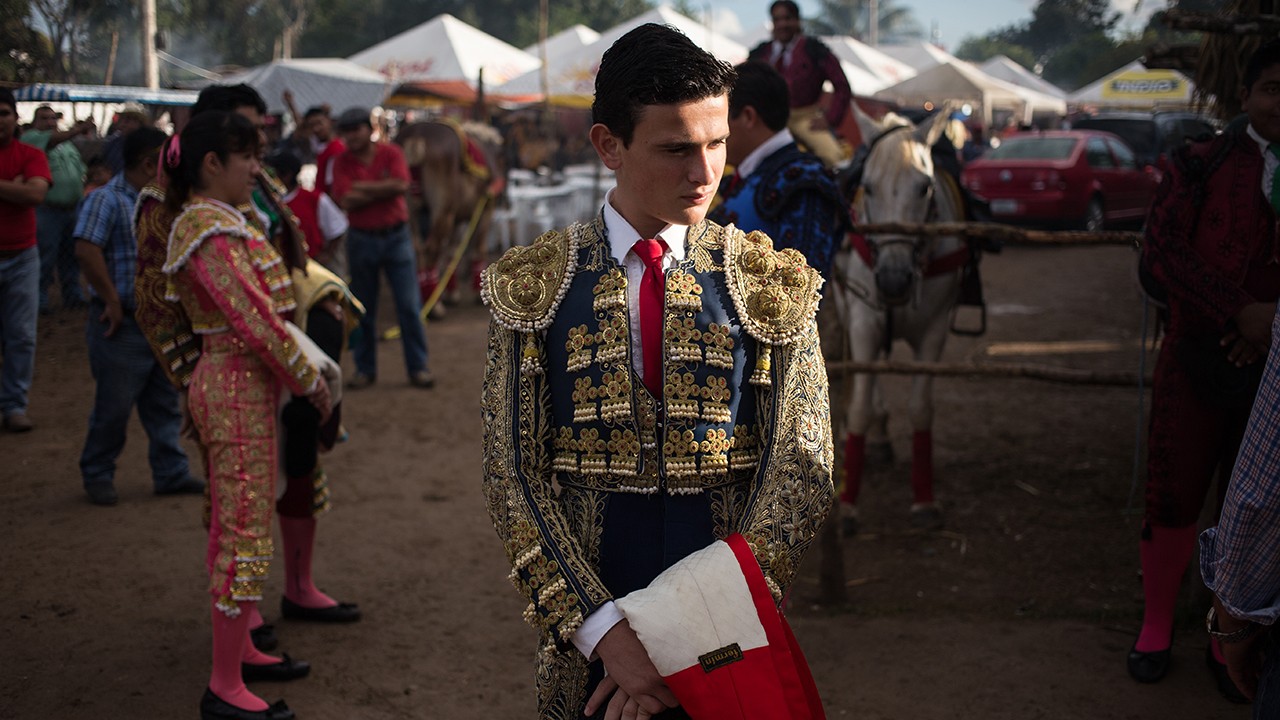
For now, he remains incarcerated in the Almoloya de Juárez prison in the State of Mexico, where he finished a primary school education and learned how to write.As can be read in his file, around mid-2015, a formal prison sentence was handed down due to Meza López's involvement in organized crime and illegal deprivation of freedom. But his defense attorney has managed to lodge various stays that have been accepted by judges, pushing back the official date for sentencing. Nevertheless, in the northern part of the country—the farthest point from the capital—lies the border city of Tijuana, where human remains keep being dug out of the earth, presumably those that were dissolved by Meza López. They appear every time it rains, every time the wind moves the soil, every time a group of family members of the disappeared shows up with a pick axe and a shovel to look for the remains of their children, fathers, and grandsons. According to Fernando Ocegueda, president of the association United for the Disappeared (Unidos por los Desaparecidos, in Spanish), 16,500 liters of organic matter have been extracted thus far.The most recent excavations were conducted between the months of August and October of this year, on the land where Meza López dismembered and dissolved in acid the bodies of people who were kidnapped by the Arellano Félix and Sinaloa Cartels, the groups that historically controlled drug trafficking in that city.
A view of the Maclovio Rojas neighborhood, where the spot known as The Chicken Coop was found. Photo by Joebeth Terriquez/VICE News
A man leaving with his wheelbarrow, which was used during the excavation of the site. Photo by Joebeth Terriquez/VICE News
Behind this wall is the entrance to the area where the so-called "Well Man" dissolved the bodies. Photo by Joebeth Terriquez/VICE News
Entrance to the Chicken Coop, guarded by Mexican police. Photo by Joebeth Terriquez/VICE News
The periphery of the Chicken Coop was cordoned off so that nobody entered the site during the excavation. Photo by Joebeth Terriquez/VICE News
Wall surrounding the location where 250 kilos of bones were found. Photo by Joebeth Terriquez/VICE News
Excavations began in August, eight years after the detention of the Well Man. Photo by Fernando Ocegueda/Unidos Contra los Desaparecidos
The graves where human remains were found. Photo by Fernando Ocegueda/Unidos Contra los Desaparecidos
Among the stones and rocks, there are small pieces of bone fragments. Photo by Fernando Ocegueda/Unidos Contra los Desaparecidos
Since 2009, it's estimated that more than 16.500 liters of organic matter have been discovered. Photo by Fernando Ocegueda/Unidos Contra los Desaparecidos
